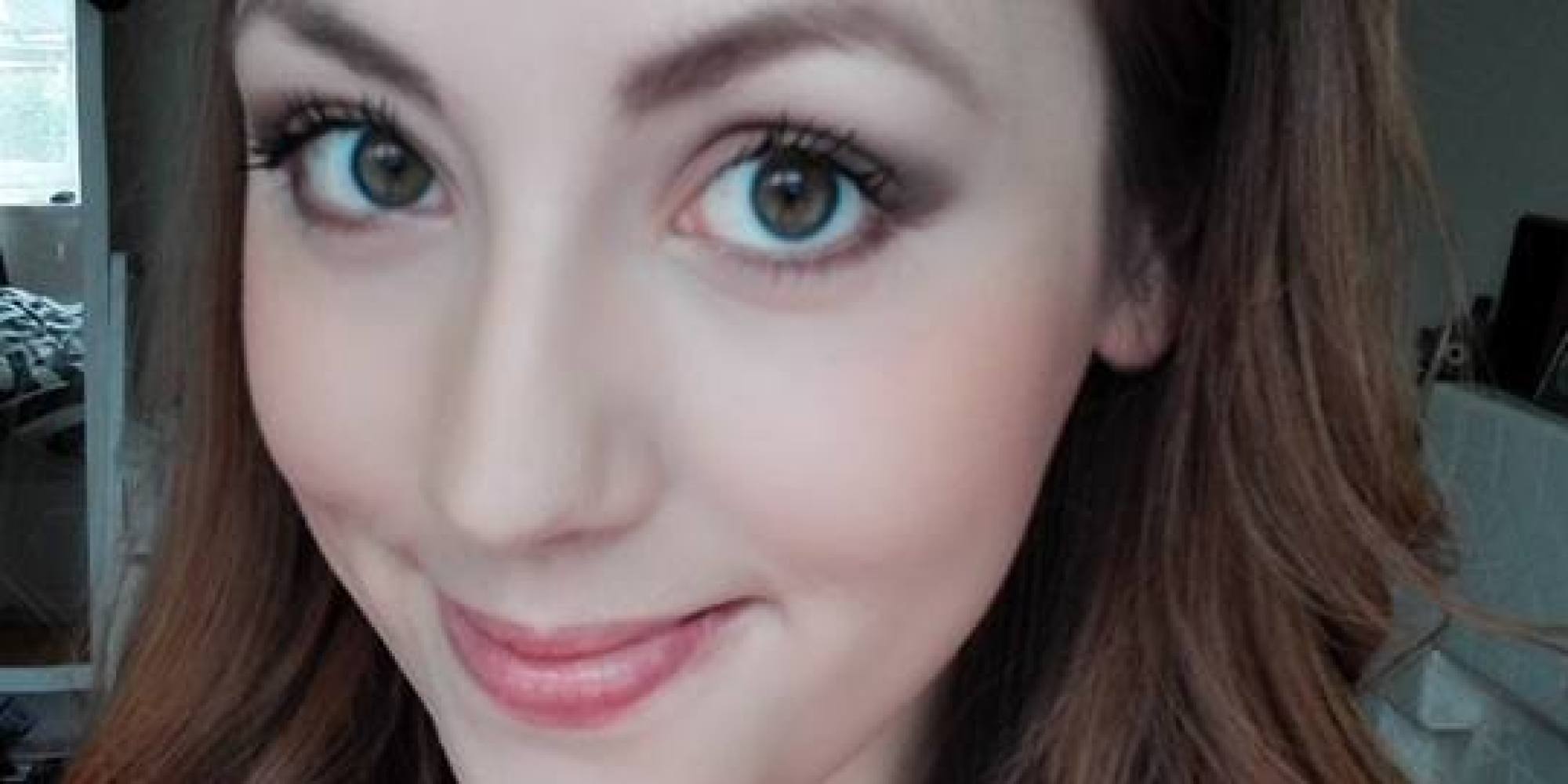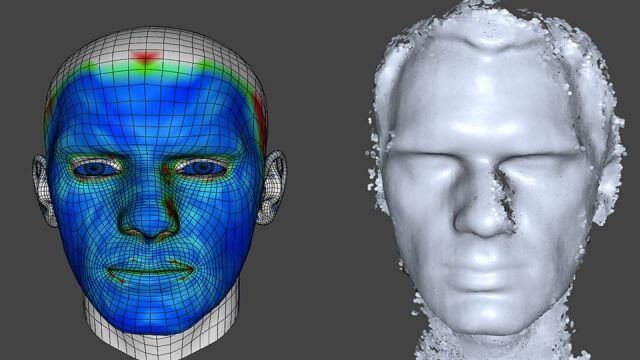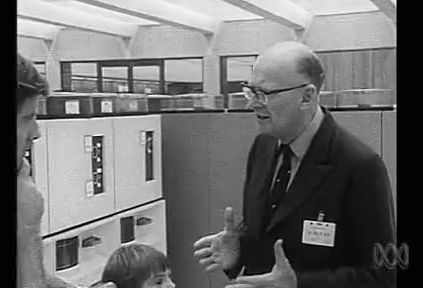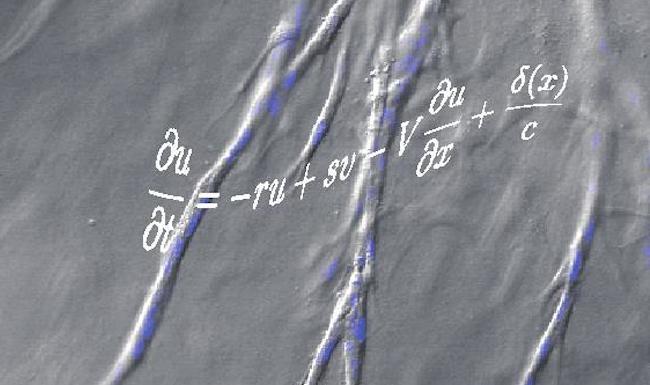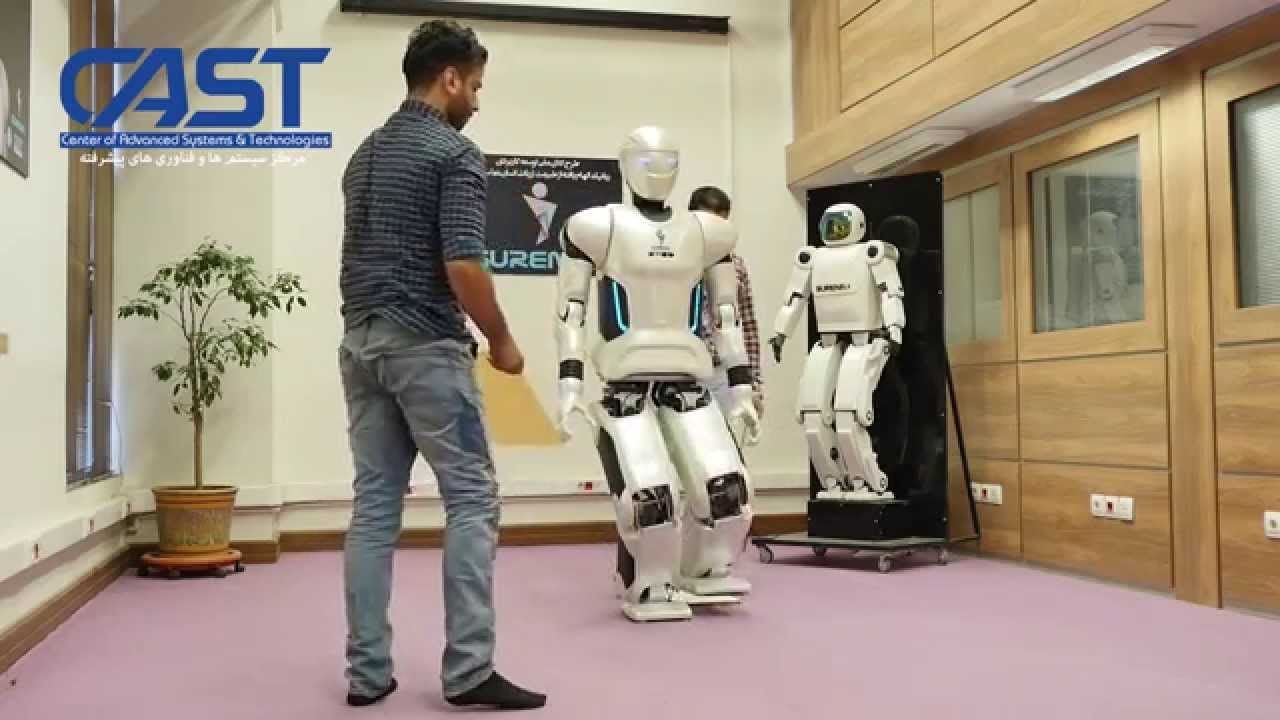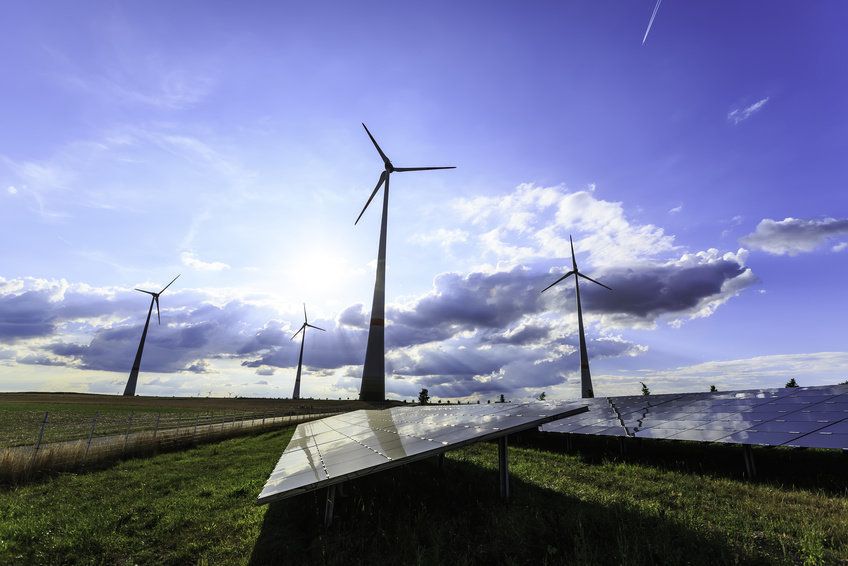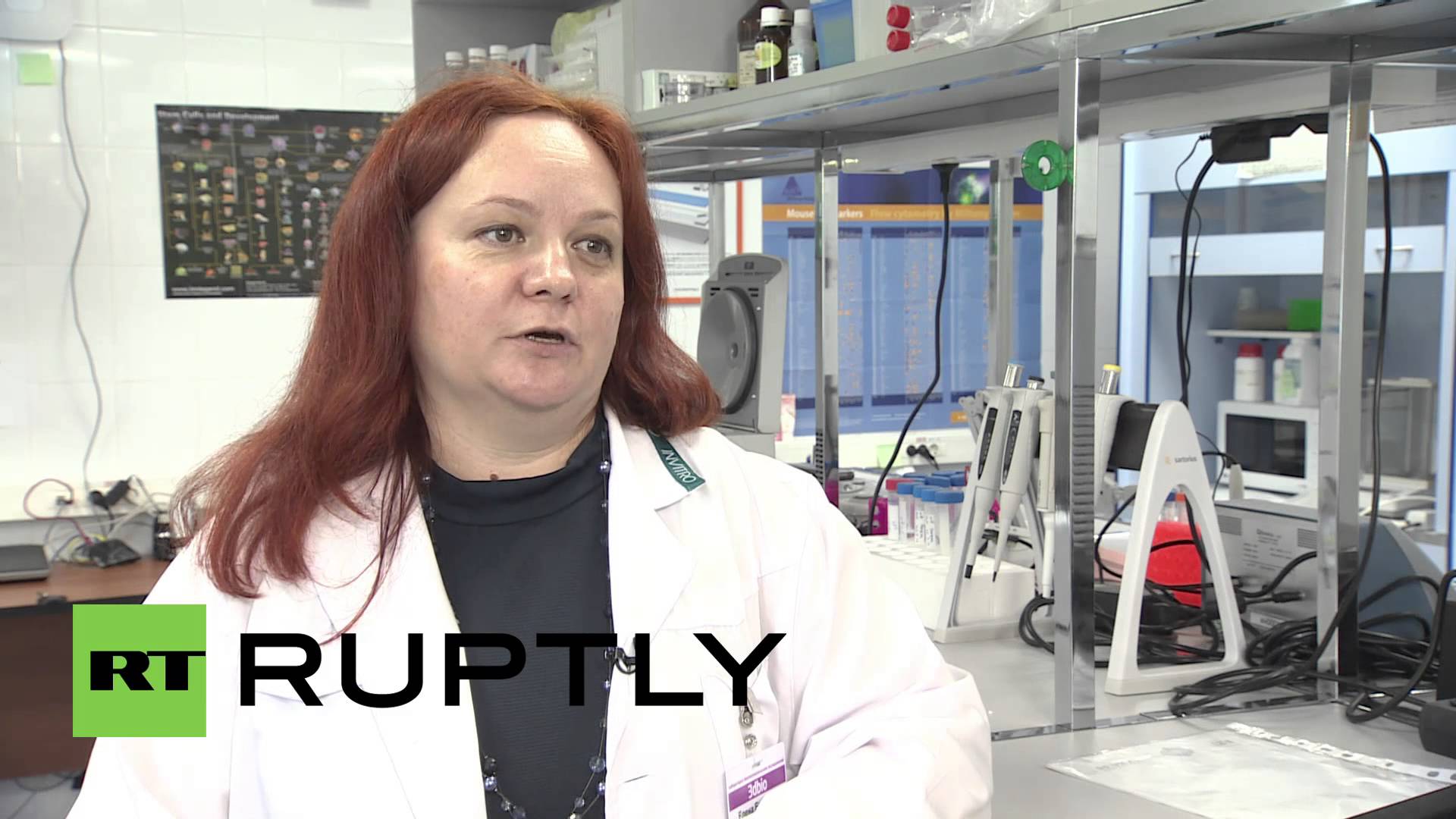Nov 26, 2015
Woman Receives Online Abuse For Saying She Doesn’t Want To Have Children
Posted by Shailesh Prasad in category: futurism
When Holly Brockwell wrote about the fact that she doesn’t want to have children, she knew her stance was controversial. But she never expected the sheer volume of backlash and abuse that would force her offline.
After 36 hours, she’s back online and set on fighting the trolls for her right — for all women’s rights — to express their opinions without fear. 👊
The 29-year-old, who is founder of the women’s tech and lifestyle site Gadgette, was commissioned by the BBC to write a piece about her — clearly divisive — stance on reproduction as part of their ‘100 Women 2015’ series.
